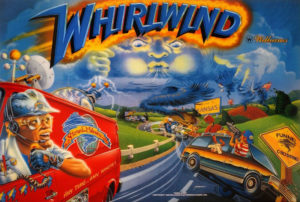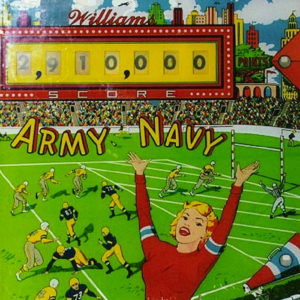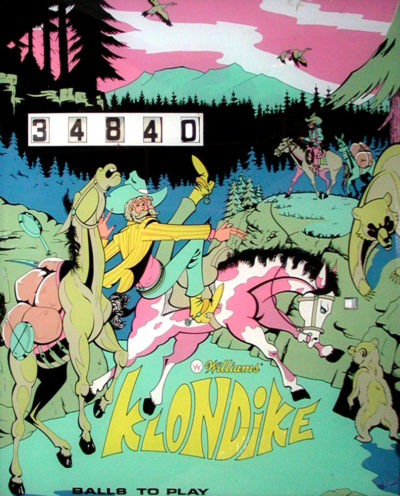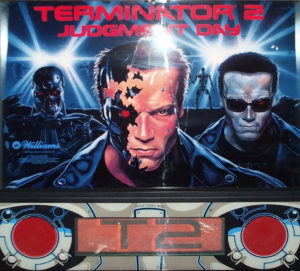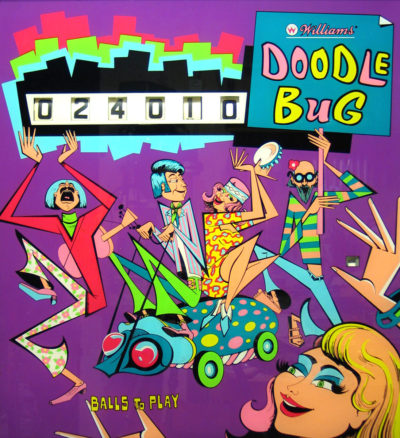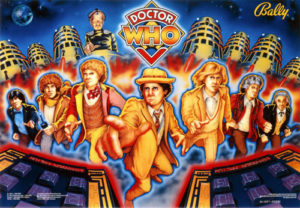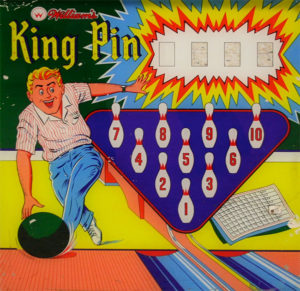The table is the first Williams WPC machine designed to feature a dot-matrix display. But due to the long design phase, Gilligan’s Island was the first manufactured with a DMD. Terminator 2: Judgment Day was the first game to feature an autoplunger (replacing the traditional plunger), as well as a ball-firing cannon (dubbed, “Gun Grip Ball Launcher”). Finally, T2 was the first game to feature a video mode, a mini video game featured on the DMD. Arnold Schwarzenegger provided voices for the game. Some playfield design elements were based on Ritchie’s 1980 classic, Firepower. T-1000 was not included in the artwork of the table, with the exception of a small image of actor Robert Patrick because of pre-release secrecy of the movie. The character was only included in the display animation because when the DMD programming was finalizing the liquid metal character was already public knowledge.
- Release date: July 1991
- System: Williams WPC (Dot Matrix)
- Design: Steve Ritchie
- Programming: Dwight Sullivan
- Artwork: Doug Watson
- Mechanics: Carl Biagi
- Music: Chris Granner
- Sound: Chris Granner
- Production run: 15,202






